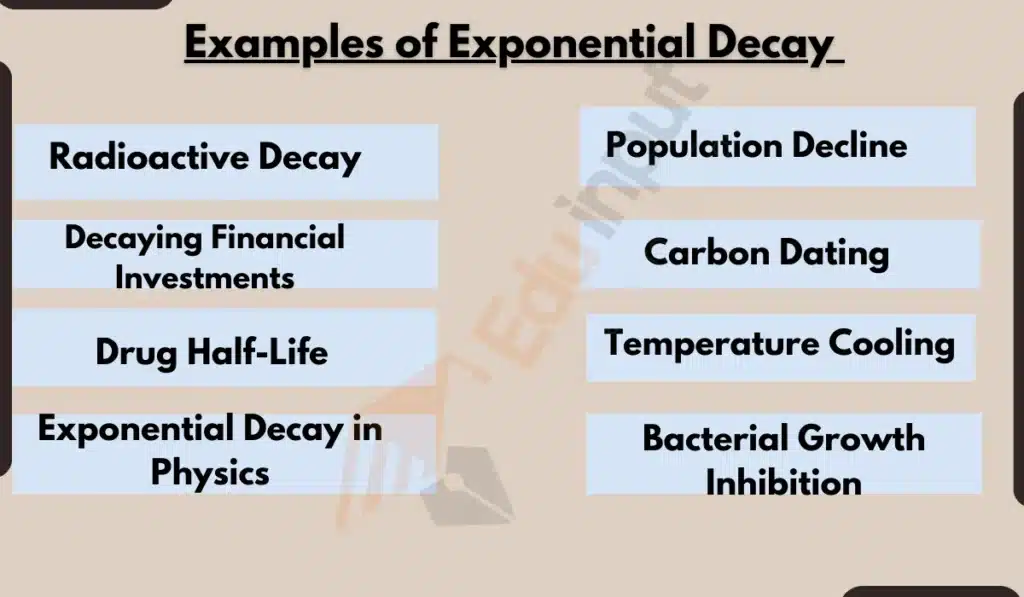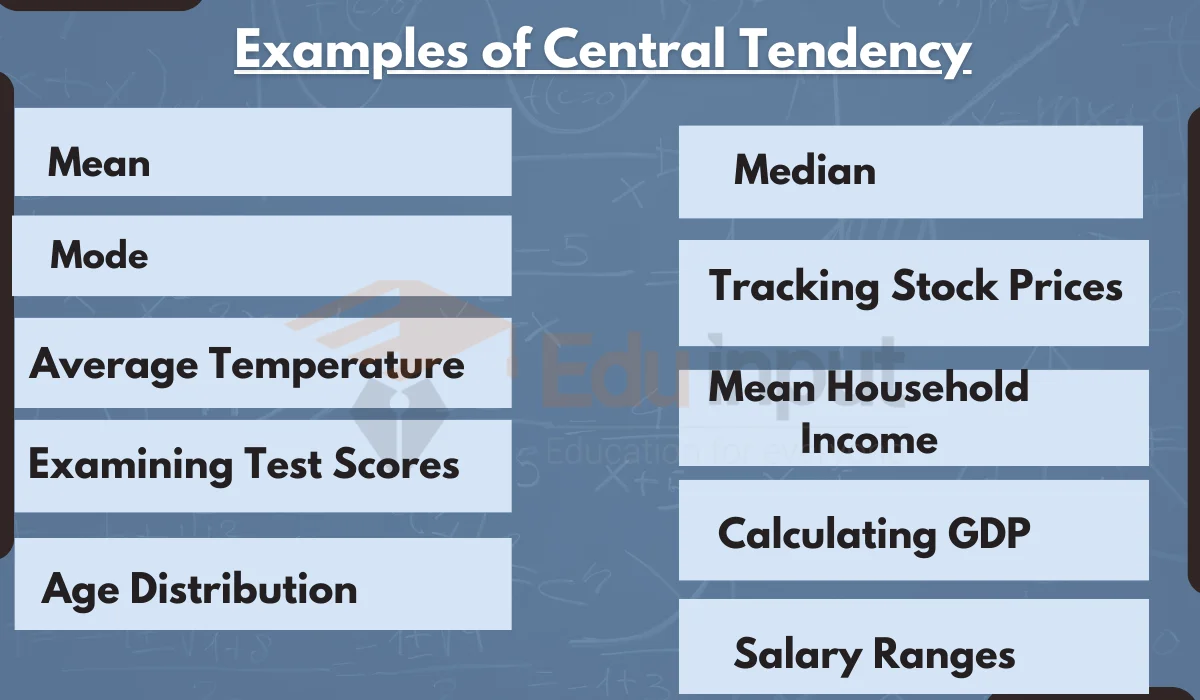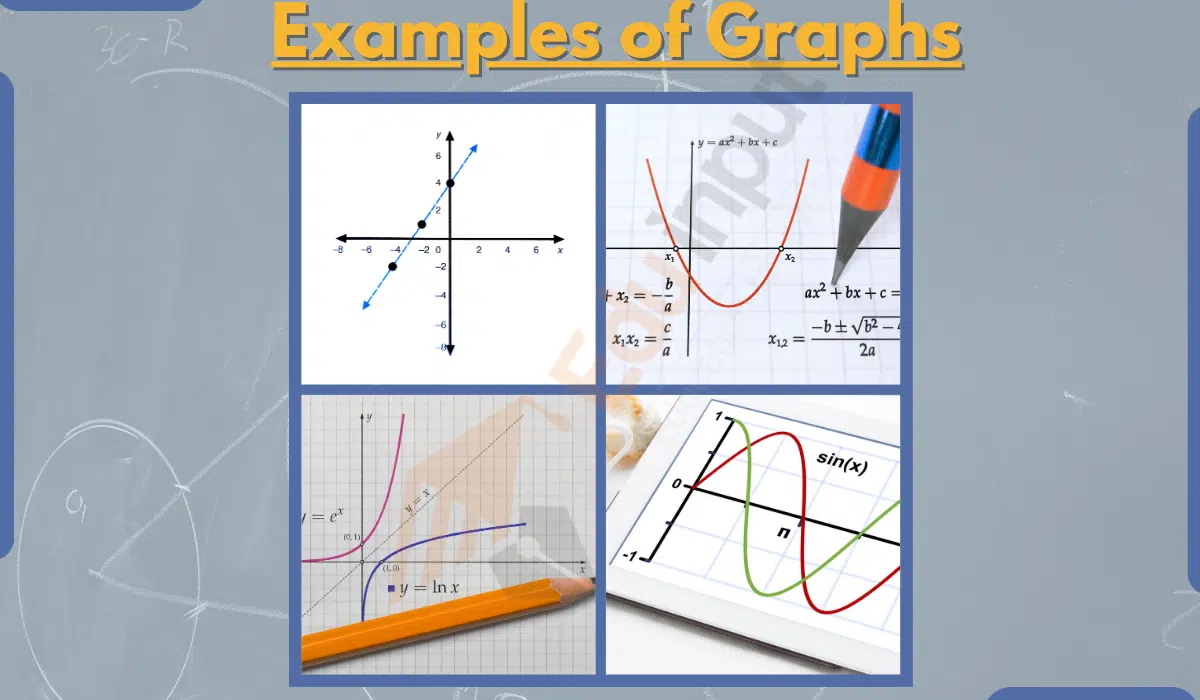8 Examples of Exponential Decay in Mathematics
Exponential decay is a mathematical concept that describes the decrease in a quantity over time, following an exponential function. This phenomenon is widely observed in science, finance, and various fields.
In this article, we will explore eight examples of exponential decay in mathematics.

Examples of Exponential Decay
These are eight examples of exponential decay.
1: Radioactive Decay
One of the most famous examples of exponential decay is radioactive decay.
Radioactive materials decay over time, emitting radiation at a rate proportional to the remaining material.
2: Population Decline
Exponential decay can model population decline, where the population decreases at a rate proportional to its current size.
3: Decaying Financial Investments
Financial investments can exhibit exponential decay when their value decreases over time due to market factors.
4: Carbon Dating
In archaeology, carbon dating relies on the exponential decay of radioactive carbon isotopes to determine the age of ancient artifacts and fossils.
5: Drug Half-Life
The half-life of a drug is the time it takes for half of it to decay or metabolize in the body, following exponential decay.
6: Temperature Cooling
The cooling of a hot object follows exponential decay as it loses heat energy to its surroundings.
7: Exponential Decay in Physics
In physics, examples of exponential decay include the decay of subatomic particles and the intensity of radiation as it passes through a material.
8: Bacterial Growth Inhibition
In microbiology, exponential decay can describe the decrease in bacterial growth as a result of antibiotics or other inhibitory factors.
Understanding exponential decay is essential for predicting how quantities decrease over time, analyzing data, and making informed decisions in numerous fields.






Leave a Reply